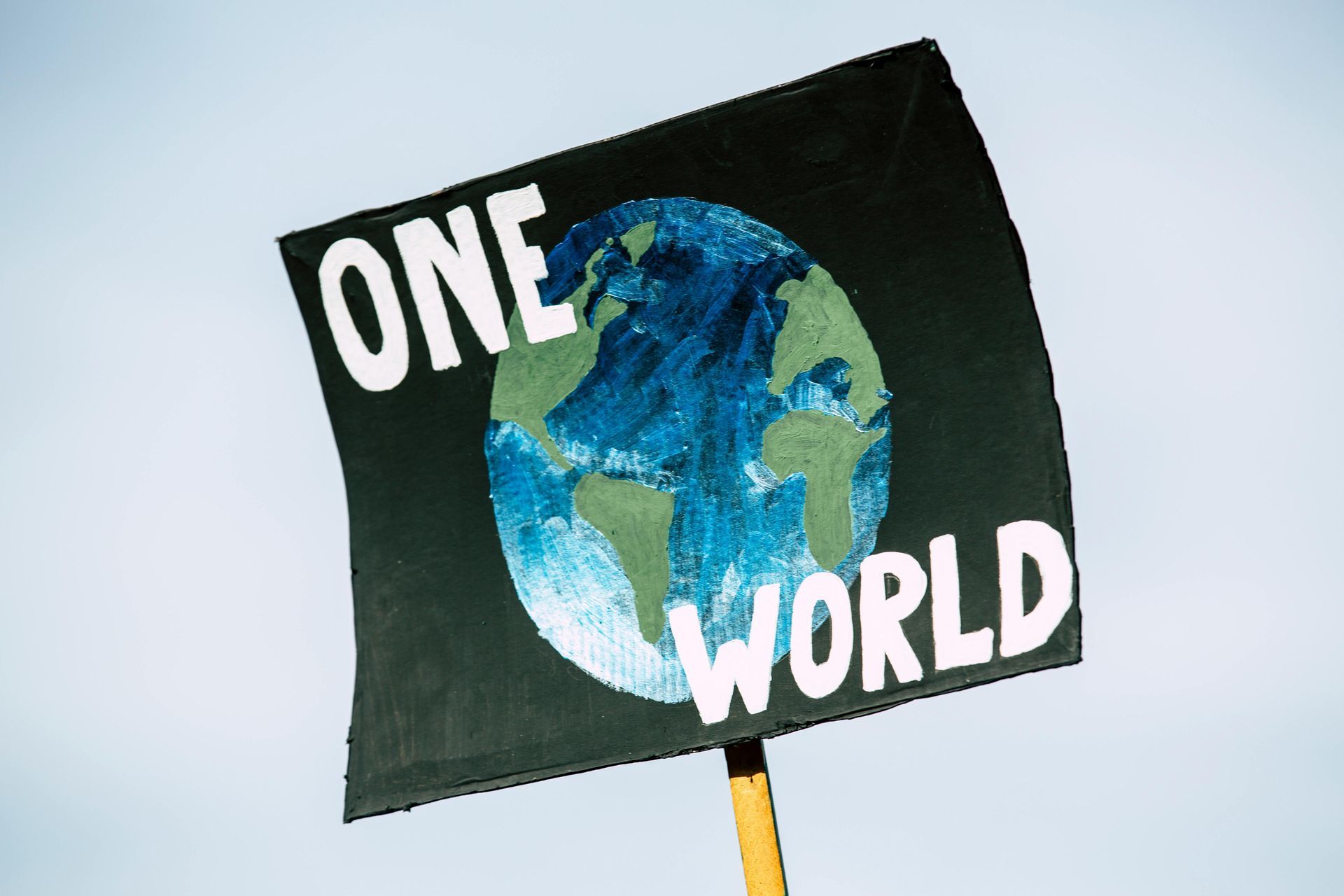The Surprising Reason Timber Plantations Explode into Megafires
As global temperatures rise and droughts become more frequent, the phenomenon of megafires—exceptionally large and destructive wildfires—has captured the world's attention. While climate change and human activities are often blamed for these infernos, there's another, less-discussed contributor: timber plantations. What makes these managed forests particularly susceptible to transforming into raging megafires? The answer lies in their unique structure, species composition, and management practices.
Monoculture Vulnerabilities
Timber plantations are typically monocultures, meaning they consist of only one species of tree. This uniformity can lead to a ripe environment for fires. Unlike natural forests, which often boast a diverse range of species with varying levels of flammability and growth patterns, monocultures lack this natural firebreak. When one tree ignites, the fire can spread rapidly across the entire plantation, unhindered by the presence of less flammable species.
Density and Arrangement
The trees in plantations are densely packed to maximize yield, often planted in orderly rows. This setup, while efficient for harvesting, creates a 'tinderbox' effect. The close proximity of trees allows for fires to leap easily from one tree to another. Additionally, the lack of underbrush management leads to the accumulation of combustible material on the forest floor, further enhancing the potential for large-scale fires.
Choice of Species
The choice of tree species in plantations also plays a key role. Many timber plantations feature fast-growing species, such as pine or eucalyptus, which are favored for their rapid yield in timber production. However, these trees contain high levels of volatile oils and resins, making them particularly flammable. In the event of a fire, these trees can explode with intensity, releasing a torrent of radiant heat and embers.
Fire Suppression Practices
Paradoxically, the very measures intended to prevent fires can also contribute to their severity. Many timber plantations employ rigorous fire suppression efforts, limiting small, manageable fires that could otherwise reduce the buildup of combustible material. Over time, this creates an overload of dry plant matter that turns into a powder keg, ready to ignite with devastating results.
Economic and Policy Considerations
Economic factors and policy decisions also influence the susceptibility of timber plantations to megafires. The drive to maintain production and profit can result in inadequate fire management resources and practices. Moreover, environmental policies sometimes focus on short-term gains without considering long-term ecological balance, allowing conditions favorable to megafires to persist.
Finding Sustainable Solutions
Addressing the megafire threat in timber plantations requires a multidimensional approach. Integrating a diversity of tree species, adopting agroforestry practices, and promoting ecological forestry principles can help create more resilient landscapes. Furthermore, reevaluating fire management policies to include controlled burns and other preventive measures could mitigate the impacts of future fires.
In conclusion, while timber plantations are designed for productivity and growth, the factors that make them economically appealing also render them susceptible to catastrophic megafires. Recognizing and addressing these vulnerabilities is crucial in mitigating the risk of these massive fires and preserving both our forests and our communities.
Understanding the Crisis
Gaza, a densely populated strip of land bordered by Israel and Egypt, has faced numerous hardships over the years. The blockade imposed by Israel and Egypt has significantly restricted the flow of goods and people, crippling the local economy. This has led to severe shortages of essentials, including food, medicine, and electricity, making daily life exceedingly difficult.
The Impact on Food Security
The blockade, coupled with recurrent conflicts, has devastated Gaza's agriculture and fishing industries, which historically provided sustenance and employed a significant portion of the population. With limited access to arable land and the sea, food production has drastically decreased. Moreover, the destruction of infrastructure has made it exceedingly difficult to store and distribute what little food is available.
The high unemployment rate, hovering around 50%, further exacerbates the situation as families struggle to afford basic necessities. Many rely on international aid to meet their daily food requirements, yet aid deliveries are often disrupted or insufficient to meet the growing needs of the population.
International Efforts and Challenges
Several international organizations are working tirelessly to provide aid and alleviate the suffering in Gaza. The United Nations Relief and Works Agency (UNRWA), along with other NGOs, is actively involved in distributing food and providing financial assistance to the most vulnerable communities. However, logistical challenges, funding shortages, and political constraints often hinder these efforts.
The international community faces the challenge of balancing humanitarian aid with the complex geopolitical realities of the region. Efforts to ease the blockade and facilitate development are frequently met with resistance due to security concerns and political disagreements.
The Human Cost
The human cost of the crisis in Gaza is immeasurable. Malnutrition, particularly among children, is a growing concern. According to reports from humanitarian organizations, there is a significant percentage of children suffering from stunted growth and anemia due to poor nutrition. The psychological toll of constant insecurity, limited opportunities, and little hope for the future is profound, affecting the mental well-being of an entire generation.
The Path Forward
Addressing the issue of starvation in Gaza requires a multifaceted approach. While immediate humanitarian aid is crucial, long-term solutions should focus on lifting the blockade, promoting economic development, and fostering dialogue for a sustainable peace. Collaborative efforts from international governments, local authorities, and NGOs are essential to bring about meaningful change and to restore dignity and self-sufficiency to the people of Gaza.
In conclusion, while the challenge is immense, the global community must not turn a blind eye to the suffering in Gaza. Through concerted efforts, it is possible to alleviate the humanitarian crisis and pave the way for a more stable and prosperous future for the region.







